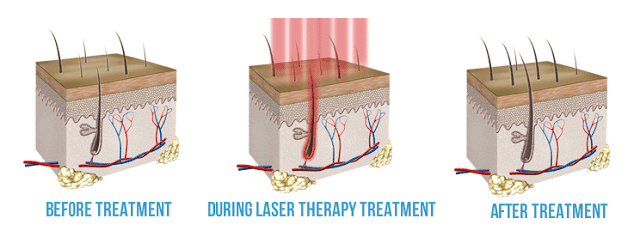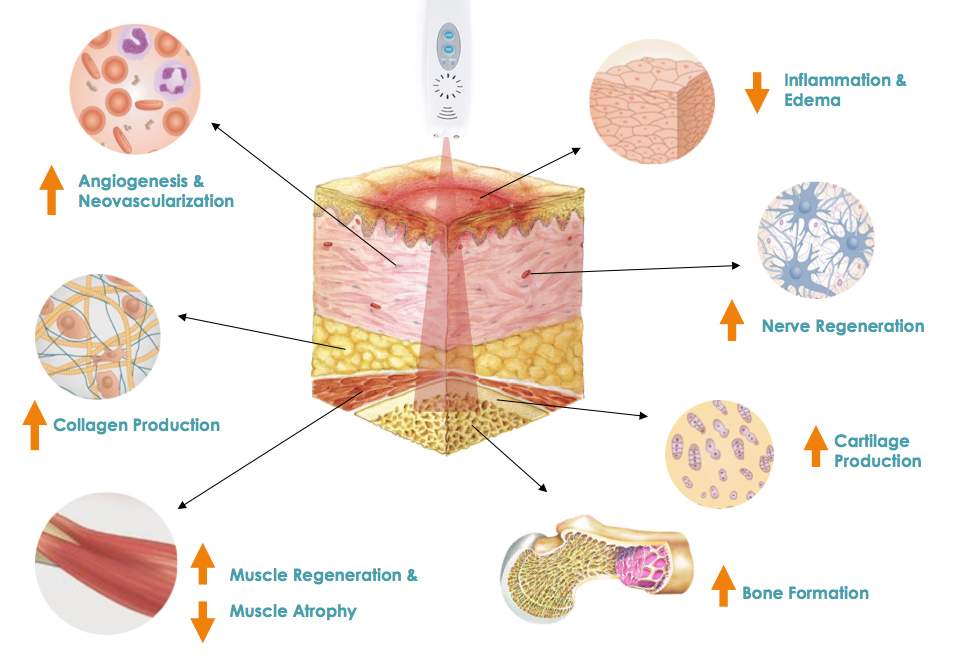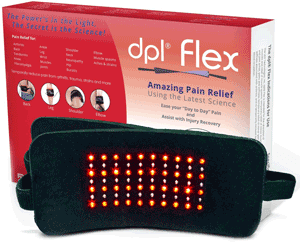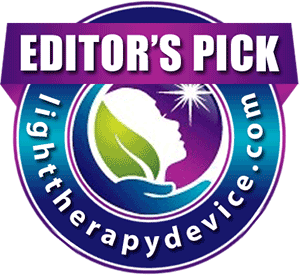Low-level laser therapy or LLLT is commonly used today as a non-invasive treatment for hair loss. The procedure does not cause burning, discomfort or scarring of scalp tissue. The technique enables skin, underlying structures and hair follicles to absorb the red and near infrared light, which stimulates hair growth.

History of LLLT for Hair Loss
During the 1960s, researchers from NASA were the first to realize the benefits of exposing tissue to LED and cold laser light while experimenting with ways to grow plants in space. The accelerated growth rate observed by the group influenced scientists to experiment with the effects of low-level light on human tissues. The team discovered that the method made an ideal way to heal wounds on space missions. Since that time LLLT has become an acceptable means of treating a number of conditions ranging from acne, muscular inflammation and pain to topical wounds and genetic hair loss.
Hungarian researcher Dr. Endre Mester accidentally stumbled onto the connection between low-level light and hair growth in 1967. The Semmelweis University scientist initially set out to determine if cold-laser radiation caused cancer. Dr. Mester began his experiment by shaving a patch of hair from a group of laboratory mice. He then divided the mice into two groups One group received low-powered red laser treatments at a wavelength of 694nm. The other group was not exposed to light treatments. Although the exposed mice did not get cancer, they were able to grow hair back quicker than the control group. The fascinating results were then named laser biostimulation.
Low-Level Light Therapy Explained
Although the term laser is often included when discussing LLLT, the technology involves cold laser monochromatic light. Low-level means that red LEDs emit light at specific wavelengths ranging from 600nm to 1,000. At this frequency, the light is readily absorbed by cells, blood vessels, water and hemoglobin. The low-level of light also has the ability to penetrate tissues without being hot. Cold lasers emit light at intensities ranging between 5 and 500mW.
Researchers propose different theories concerning the mechanisms behind LLLT. As the light is absorbed by cells, mitochondria release cytochrome c oxidase, which increases adenosine triphosphate or ATP, which cells use for energy. This action is thought to boost cellular metabolism. Another theory holds that when arteries absorb the light, molecules within vessel linings are heated, which stimulates the release of nitric oxide gas. The gas is responsible for regulating blood vessel dilation. Blood circulation improves and cells receive more oxygen and vital nutrients.
There are also various factors that affect the degree of results achieved. These factors include the number of sessions that clients are willing to undergo, the wavelength of the light used and whether the device emits a continuous stream of light or pulses.

Benefits of LLLT Therapy
When exposed to low-level light therapy, follicles receive more nutrients, which not only encourages hair growth, but also extends the phase of active growth. Hairs produced after treatments are also noticeably thicker and stronger. Once only available by visiting licensed medical professionals, manufacturers are now making the technology available to the public.
Devices used for LLLT sessions provided by practitioners or in the home are deemed safe and are approved by the FDA. Low-level light therapy can be used alone or in combination with finasteride and minoxidil. The treatment is also safe for individuals who received hair transplant procedures. In order to obtain optimal results, clients must undergo the designated number of treatments weekly. Results vary depending on the severity of the condition. In some instances, therapy must continue for up to six months before dramatic results occur. Clients then simply undergo follow-up maintenance treatments periodically. Additional benefits of in-home devices include:
- Inhibits the progression of hair loss in men and women
- Rejuvenates damaged follicles
- Can increase hair volume by 25 percent
- Alternative to prescription formulations, physician-provided treatments or hair transplant procedures


